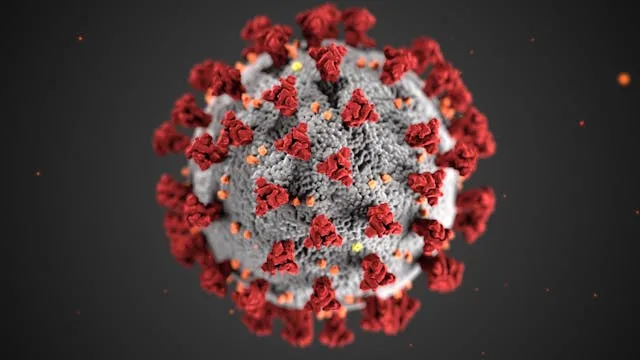A groundbreaking scientific study has identified over 70,000 previously unknown RNA viruses, thanks to a revolutionary artificial intelligence system called LucaProt, developed at Sun Yat-sen University. This powerful tool merges advanced language models—similar to those behind ChatGPT—with 3D protein structure predictions to decode genetic data that was previously unreadable.
Published in the journal Cell, the study describes how researchers found these viruses in extreme environments: Antarctic ice, deep-sea hydrothermal vents, and hypersaline lakes. Among their discoveries was one of the largest RNA genomes ever recorded. Many of these viruses fall outside of any known viral categories, shedding light on unexplored branches of evolution.
Unlike most life forms that rely on DNA, RNA viruses—like the infamous SARS-CoV-2—don’t use DNA at all. They mutate rapidly, often evading traditional detection methods. LucaProt overcomes this limitation by analyzing viral protein patterns with unmatched precision, boasting a false positive rate of just 0.014%.
This discovery is a leap forward in virology, as it offers new perspectives on the origins and diversity of life on Earth. Future versions of LucaProt will be trained to predict host organisms for these viruses, including archaea, some of the oldest life forms on the planet.
With AI-driven biology like this, we’re not just expanding our understanding of viruses—we’re rewriting the story of life itself.


